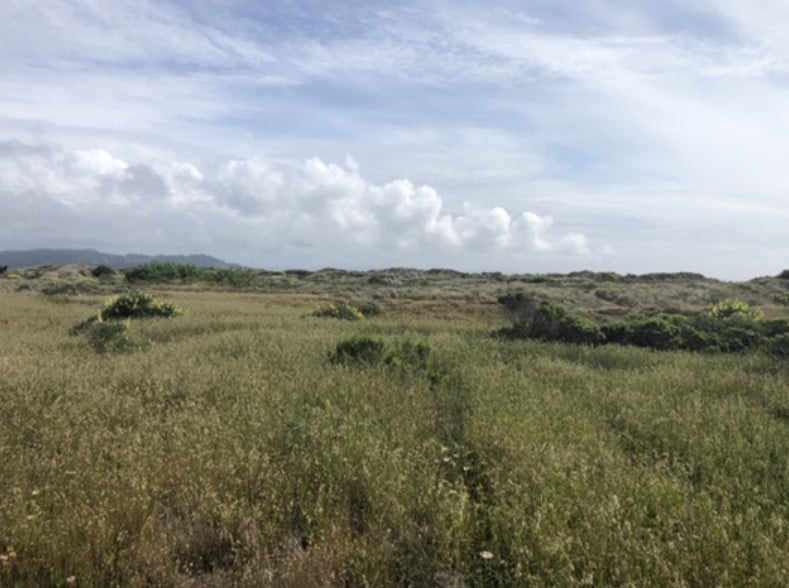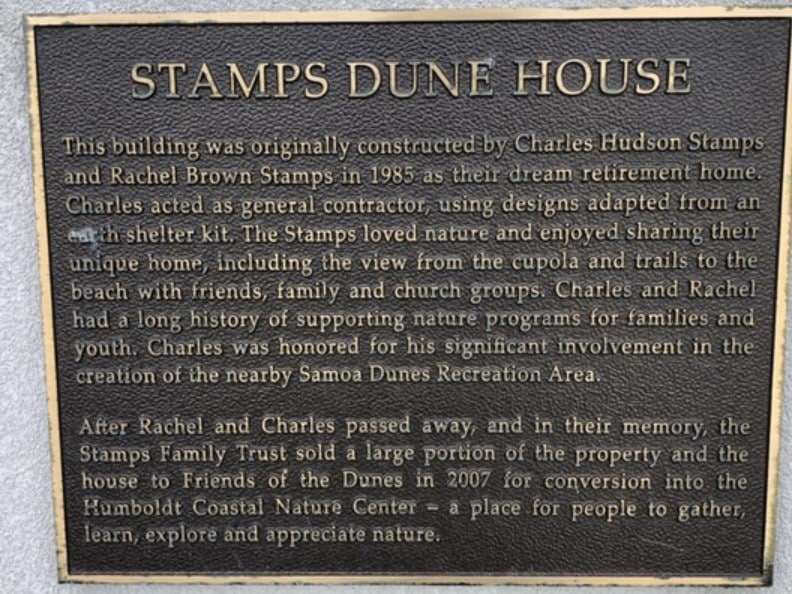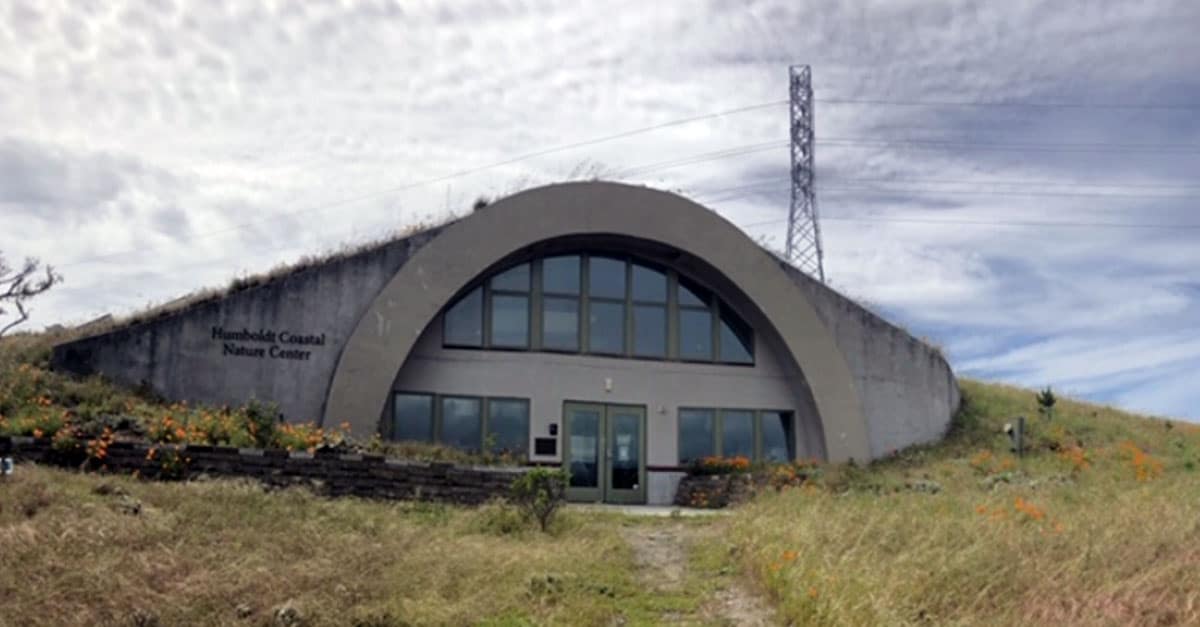Sands of Time
Friends of the Dunes…
The shifting sands of Humboldt County were first stunted in the 1900s by the introduction of non-native plant life, which were brought to the dunes with the intention to stabilize sand movement. At the time, little was known about the detrimental effects invasive plants would hold over the dune ecosystem. Not only did the plants fulfill their purpose to inhibit the shifting dunes, their implementation upset the ecological balance by changing the soil chemistry and crowding out native plant species.
In the late 1970s, studies of the Lanphere Dunes of Humboldt County began to focus on proper dune restoration and paved the way for future restoration efforts and safely removing invasive plants.
Friends of the Dunes, a Humboldt-based nonprofit focusing on conservation and restoration of coastal environments since 1982, has taken up the mission to correct the mistakes of the past. Their Dune Ecosystem Restoration Team continually works on restoring the dune ecosystem by hand removing non-native plant species on the North Spit of Humboldt Bay. Hand removal may sound tedious, but the process minimizes disturbance to the land, allowing native plants to regenerate quickly and reclaim once-invaded territory, returning the ecosystem to its natural cycle.


To spread awareness about proper stewardship and coastal conservation efforts, Friends of the Dunes offer public education programs and guided walks. The nonprofit also holds a prominent role as a land trust, having acquired 118 acres of coastal dune property on which its Humboldt Coastal Nature Center sits.
The center is a unique structure, locally known as the Stamps House, purchased by Friends of the Dunes in 2007. It was once the residence of Charles and Rachel Stamps, built in 1985 as a retirement home from an earth shelter kit. The property is a gateway between public tracts, linking more than 1,000 acres of coastal lands. This hub for hands-on learning gives the public ingress to exhibits, trails, conservation-minded recreational access and hands-on restoration activities, with future plans to add a resource library, interactive exhibit galleries and two ADA-accessible trails.
Elementary school field trip programs are available in the fall and spring, led by trained volunteers and designed to give students an interactive learning experience. A junior college-level introductory science course titled Coastal Naturalist Training is also available, immersing pupils in the natural world of Humboldt Bay and the coastal dune ecosystem through classroom and field experience.
Friends of the Dunes additionally offers distance learning through free daily virtual tours on the topics of Humboldt history, marine ecosystems, wildlife, indigenous peoples of Northern California and plants of the redwoods.




